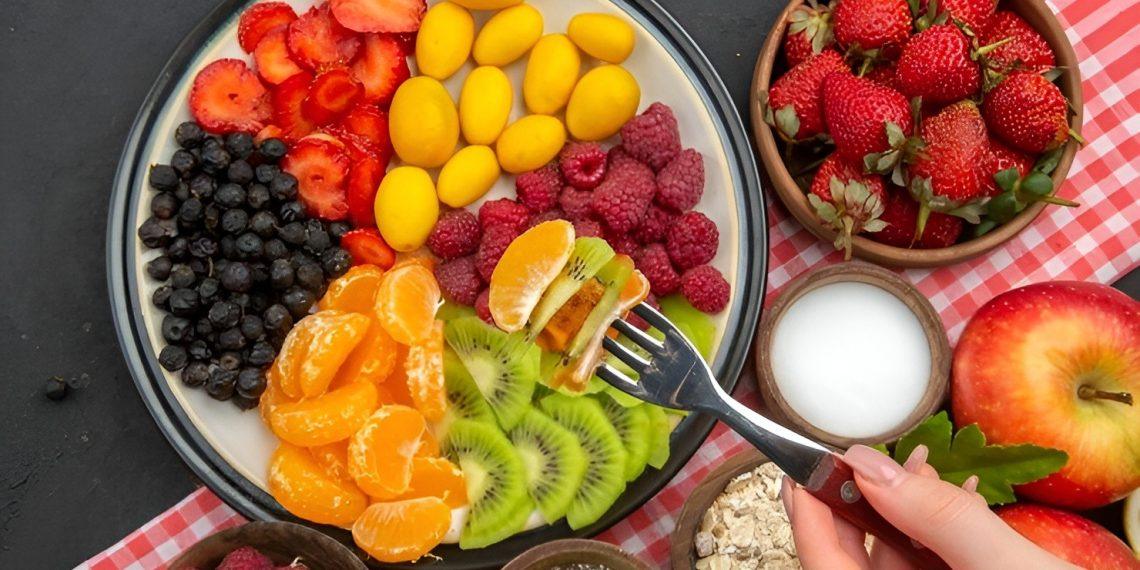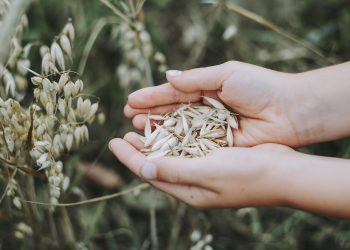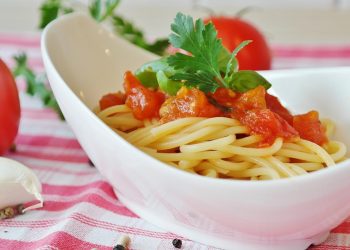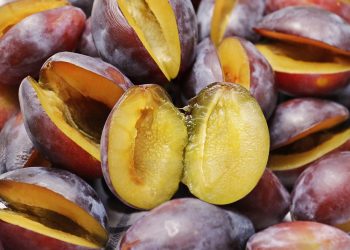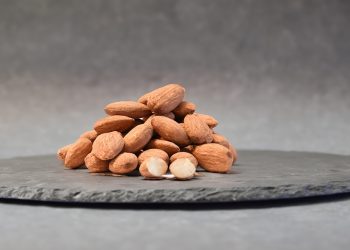Functional foods are redefining what it means to eat for wellness. In 2025, the conversation around health is no longer just about calories or carbs—it’s about how food fuels your body, sharpens your mind, and supports long-term vitality. These nutrient-dense, bioactive-packed powerhouses are your natural edge in a world that demands more energy, more focus, and more resilience than ever before.
Let’s explore the seven top functional foods that are earning their place at the table for anyone looking to feel vibrant, stay mentally sharp, and age with grace.
Contents
- What Makes a Food “Functional”?
- 1. Blueberries: Tiny Berries, Big Benefits
- 2. Wild Salmon: The Fat That Fuels Your Brain
- 3. Spinach: The Leafy Longevity Leader
- 4. Turmeric: The Anti-Inflammatory Ace
- 5. Quinoa: The Energy-Enhancing Grain
- 6. Green Tea: Clarity in a Cup
- 7. Walnuts: The Brainy Snack
- How to Make Functional Foods Work for You
- Why 2025 Is the Year to Embrace Functional Foods
- Bottom Line
- Frequently Asked Questions
What Makes a Food “Functional”?
Functional foods are ingredients that do more than nourish—they heal, protect, and enhance. These foods are rich in compounds like omega-3s, antioxidants, polyphenols, and probiotics that actively support brain function, cellular health, and metabolism.
They help balance hormones, reduce inflammation, and fortify the body against the wear and tear of modern living. When used strategically, these foods become tools—not just meals.
1. Blueberries: Tiny Berries, Big Benefits
Blueberries are among the most powerful functional foods thanks to their high levels of anthocyanins, which protect the brain and reduce oxidative stress. These little blue dynamos enhance memory, stabilize blood sugar, and provide lasting energy without the crash.
Quick Tip: Blend them into smoothies, toss into salads, or freeze them for a crunchy snack.
2. Wild Salmon: The Fat That Fuels Your Brain
Wild salmon delivers DHA and EPA, two omega-3 fatty acids essential for cognitive function, mood regulation, and cell membrane health. These properties make salmon one of the best functional foods for focus and long-term brain health.
How to Enjoy: Grill it with herbs or flake it into quinoa bowls for a meal that fuels body and mind.
3. Spinach: The Leafy Longevity Leader
Spinach is packed with folate, magnesium, and vitamin K—nutrients vital for nerve transmission, muscle function, and overall energy. As one of the most affordable and versatile functional foods, spinach deserves a daily spot on your plate.
Pro Tip: Sauté with garlic or blend into green smoothies for a brain-and-body boost.
4. Turmeric: The Anti-Inflammatory Ace
Turmeric, known for its active ingredient curcumin, is a staple in any list of functional foods. It fights inflammation, reduces joint pain, and supports a healthy aging process—especially when combined with black pepper to increase absorption.
Try This: Stir turmeric into soups, golden lattes, or dressings with a pinch of black pepper and olive oil.
5. Quinoa: The Energy-Enhancing Grain
Quinoa is more than just a trendy grain—it’s a complete protein, high in B vitamins and fiber. As one of the few functional foods that supports muscle recovery and sustained energy, it’s perfect for active lifestyles.
Real-Life Relevance: Swap out white rice for quinoa in bowls, stir-fries, or breakfast porridge.
6. Green Tea: Clarity in a Cup
Green tea is loaded with catechins and L-theanine, offering a calm yet focused energy. As one of the gentlest functional foods for focus, it delivers alertness without overstimulating the nervous system.
Pro Tip: Drink it in the afternoon to stay focused without interrupting your sleep cycle.
7. Walnuts: The Brainy Snack
Walnuts contain ALA, a plant-based omega-3, along with polyphenols and antioxidants that protect cognitive function. They’re a satisfying and brain-friendly snack, making them one of the most portable functional foods for daily life.
Snack Smart: A small handful mid-morning can boost mental clarity and keep hunger at bay.
How to Make Functional Foods Work for You
Integrating functional foods into your routine doesn’t require a massive overhaul. Start small and build habits you can stick with:
-
Swap sugary breakfasts for smoothies with spinach, blueberries, and walnuts
-
Keep green tea on hand as an afternoon pick-me-up
-
Prep salmon or quinoa bowls for quick, nourishing meals
-
Sprinkle turmeric into soups and stews for extra depth and benefits
The goal isn’t perfection—it’s consistency.
Why 2025 Is the Year to Embrace Functional Foods
We’re living longer, but we want to live better. Energy dips, brain fog, and chronic fatigue are signs that our bodies need more than just food—they need functional nourishment.
In 2025, functional foods aren’t a luxury; they’re a necessity. They’re the bridge between surviving and thriving in a digital, demanding world. The best part? These foods are accessible, delicious, and often more affordable than supplements or fancy treatments.
Bottom Line
The future of wellness is functional. By incorporating functional foods like blueberries, salmon, spinach, and walnuts into your daily diet, you’re not just eating—you’re investing in energy, focus, and longevity.
They’re your secret weapon for staying sharp, strong, and vibrant—now and in the years to come.
Frequently Asked Questions
Q: Are functional foods safe to eat every day?
A: Yes! Most functional foods are whole, natural ingredients safe for daily use. Just be mindful of balance and variety.
Q: Can functional foods replace medication?
A: Not entirely. While they support health, always consult your doctor before replacing any prescribed treatment.
Q: Are functional foods only for older adults?
A: Absolutely not. They benefit people of all ages—especially those seeking more energy, better focus, and long-term vitality.
Live well, eat smart, and let your food work for you.
Subscribe now to get the latest in personalized nutrition breakthroughs and practical tips delivered to your inbox each week.
Get Your FREE Natural Health Guide!
Subscribe now and receive our exclusive ebook packed with natural health tips, practical wellness advice, and easy lifestyle changes — delivered straight to your inbox.

